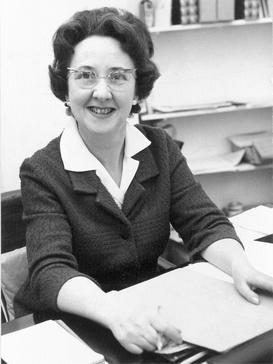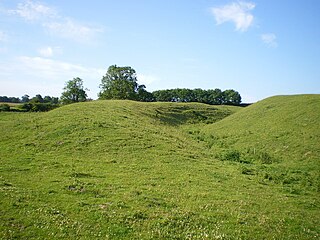Related Research Articles
Below are notable events in archaeology that occurred in 1926.

Katherine Maria Routledge was an English archaeologist and anthropologist who, in 1914, initiated and carried out much of the first true survey of Easter Island.
Ivor Noël Hume, OBE was a British-born archaeologist who did research in the United States. A former director of Colonial Williamsburg’s archaeological research program and the author of more than 20 books, he was heralded by his peers as the "father of historical archaeology".
Below are notable events in archaeology that occurred in 1878.
Below are notable events in archaeology that occurred in 1894.
Below are notable events in archaeology that occurred in 1910.
Below are notable events in archaeology that occurred in 1896.
Below are notable events in archaeology that occurred in 1947.
This page lists major events of 2001 in archaeology.
Below are notable events in archaeology that occurred in 1906.
Below are notable events in archaeology that occurred in 1912.
The year 1992 in archaeology involved some significant events.
Below are notable events in archaeology that occurred in 1919.
Seton Howard Frederick Lloyd,, was an English archaeologist. He was President of the British School of Archaeology in Iraq, Director of the British Institute of Archaeology at Ankara, Professor of Western Asiatic Archaeology in the Institute of Archaeology, University of London (1962–1969).
The decade of the 1750s in archaeology involved some significant events.
The decade of the 1790s in archaeology involved some significant events.

Beatrice Eileen de Cardi, was a British archaeologist, specializing in the study of the Persian Gulf and the Baluchistan region of Pakistan. She was president of the British Foundation for the Study of Arabia, and she was Secretary of the Council for British Archaeology from 1949 to 1973. At the end of her career, she was the world's oldest practising archaeologist.
Hillforts in Britain refers to the various hillforts within the island of Great Britain. Although the earliest such constructs fitting this description come from the Neolithic British Isles, with a few also dating to later Bronze Age Britain, British hillforts were primarily constructed during the British Iron Age. Some of these were apparently abandoned in the southern areas that were a part of Roman Britain, although at the same time, those areas of northern Britain that remained free from Roman occupation saw an increase in their construction. Some hillforts were reused in the Early Middle Ages, and in some rarer cases, into the Later Medieval period as well. By the early modern period, these had essentially all been abandoned, with many being excavated by archaeologists in the nineteenth century onward.

Warham Camp is an Iron Age circular hill fort with a total diameter of 212 metres near Warham, south of Wells-next-the-Sea in Norfolk, England. It is a scheduled monument dated to between 800BC and 43AD, and a 5.1-hectare (13-acre) biological Site of Special Scientific Interest, located within the Norfolk Coast Area of Outstanding Natural Beauty. The University of East Anglia has described it as the best-preserved hill fort in Norfolk.
This page lists major archaeological events of 2016.
References
- ↑ Historic England. "Warham Camp small multivallate fort (1018015)". National Heritage List for England . Retrieved 2024-02-29.
- ↑ Street, Martin; Napierala, Hannes; Janssens, Luc (2015). "The Late Palaeolithic Dog from Bonn–Oberkassel in Context". In Giemsch, Liane; Schmitz, Ralf W. (eds.). The Late Glacial Burial from Oberkassel Revisited. Darmstadt: Verlag Philipp von Zabern. ISBN 9783805349703.
{{cite book}}: CS1 maint: multiple names: authors list (link) - ↑ "Glyn Daniel". British Film Institute. Retrieved 30 May 2017.[ dead link ]
- ↑ "Beatrice de Cardi, archaeologist – obituary". The Telegraph. 6 July 2016. Retrieved 16 May 2017.